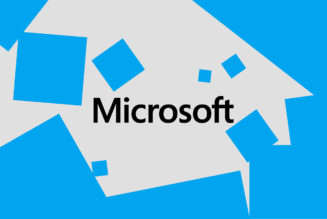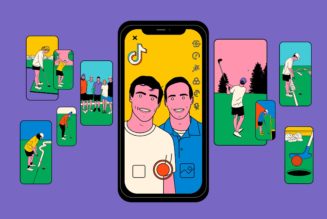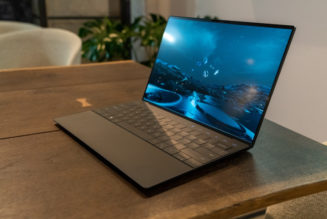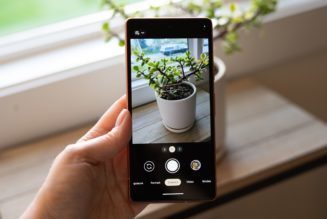Whether you want a basic fitness tracker or a smartwatch, there’s a Fitbit for everyone — though the best Fitbit smartwatch isn’t technically a Fitbit.
In 2024, you might wonder if Fitbit is still relevant. Despite getting acquired by Google, Fitbit remains one of the most recognizable names in the industry. Fitbit trackers aren’t meant for the most hardcore of athletes, but they’re still excellent devices for tracking overall activity as well as monitoring certain health and wellness metrics like EKGs and blood oxygen levels.
That said, this is a transitional period from the Fitbit of old to whatever Fitbit will be in the future. 2023 in particular was a messy year. There were multiple Fitbit server outages. I wasn’t impressed with the decision to sunset legacy community features like challenges or the fact that all Fitbit accounts will require you to log in via Google by 2025. Speaking of which, the Fitbit-to-Google account migration started last summer and is required if you buy new products like the Fitbit Charge 6 or Google Pixel Watch 2. The Fitbit app also got a new, more Google-like makeover, which didn’t go over well with many users. (Google has since made adjustments based on feedback.) And in January 2024, much of Fitbit’s leadership including co-founders James Park and Eric Friedman left the company as roughly a thousand Google employees were laid off.
Most Fitbits share the same basic feature set like steps, timers, and notifications. However, not every model is capable of EKG or real-time stress tracking. The same goes for built-in GPS. Does the feature set make sense given the price? Is it missing something that it shouldn’t be?
Fitbit has often been a more affordable alternative to smartwatches, but this space has changed quite a bit in the last few years. There are more options than ever, so does this device offer good value?
This encompasses a lot, but especially in terms of the overall form factor. If it’s for a casual user, is the design versatile enough for a variety of occasions? If it’s aimed at kids or athletes, are the straps durable enough?
You can look to how Google has handled the Nest acquisition as a road map to how things are going. The Googlefication of Fitbit will continue, but there are reasons to stick with its trackers in the meantime. Fitbit trackers are relatively affordable, especially since they often go on sale. All the devices come with a free trial to Fitbit Premium, the company’s subscription service that adds guided workouts, meditations, and access to more in-depth metrics. So far, it appears Google takes its Pixel Watch lineup seriously, too. With the Pixel Watch 2, the company has expanded extended warranty access and improved replacement options. You just have to go in with eyes wide open.
The new Google Pixel Watch 2 now achieves a reliable 24 hours on a single charge with the always-on display enabled. It sports a new processor, multipath health sensor, Wear OS 4, and new safety features, all around a substantial update.
The new Google Pixel Watch 2 now achieves a reliable 24 hours on a single charge with the always-on display enabled. It sports a new processor, multipath health sensor, Wear OS 4, and new safety features, all around a substantial update.
The existence of the Pixel Watch, now in its second generation, has thrown a wrench into Fitbit’s smartwatch lineup. Technically, it’s a Google product, but Google owns Fitbit, so they’re all Google products now. Fitbit powers all of the Pixel Watch’s health and fitness features. But really, this is the smartwatch that Fitbit never could manage to build on its own.
It’s got a beautiful design with a circular domed display that looks way more elegant than the squircle Versa or Sense smartwatches ever did. On your wrist, it looks like a watch, not a tracker dressed up as one. The display is a bit fragile for our tastes, but with the Pixel Watch 2, you can now get a Preferred Care extended warranty in the US and Canada. This is one reason we recommend the Pixel Watch 2 over the original since at least you have a more affordable fallback should something happen to your display. Google also announced an option where you can skip customer support and mail in broken, out-of-warranty Pixel Watch 2 devices for a discounted replacement.
Speaking of which, the Pixel Watch 2 is a significant update. All the Fitbit features that were missing at launch with the original are present, like nightly SpO2, automatic workout tracking, and abnormal high or low heart rate notifications. The new multipath sensor also purportedly delivers more accurate heart rate data for vigorous activities, plus there’s a new cEDA sensor and skin temperature sensor. The latter two add proactive stress tracking.

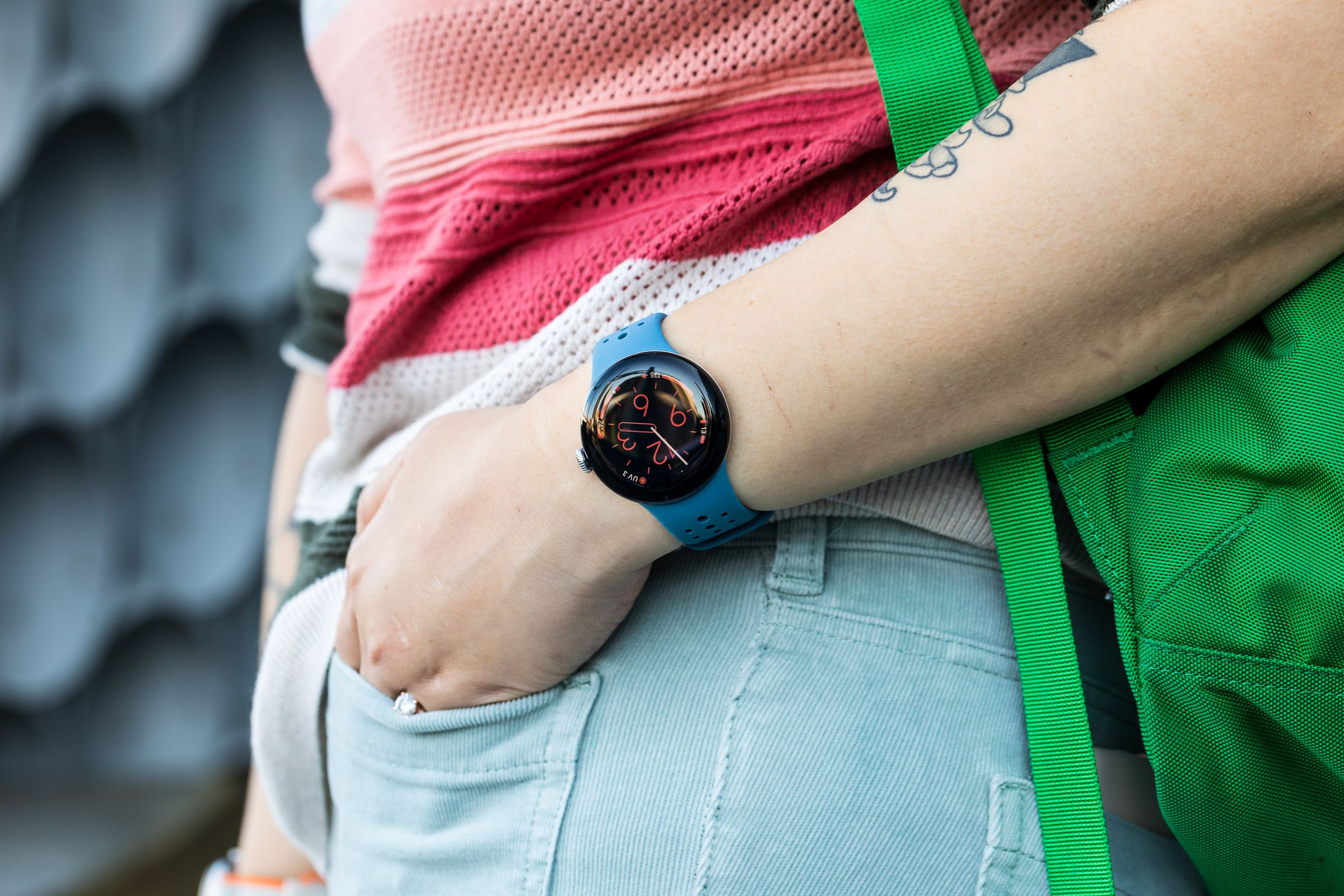
Inside, there’s also a new Qualcomm Snapdragon W5 processor and Wear OS 4. That makes for zippier performance and longer battery life, too. The Pixel Watch 2 easily lasts 24 hours with the always-on display enabled and no battery-saving features. The watch also charges much faster compared to the original — you can go from 0 to 100 percent in 75 minutes compared to 110 minutes. In terms of services, Google has also now added Calendar and Gmail to its existing wearable apps, like Wallet, Maps, Home, and Google Assistant.
Google has also beefed up personal safety features. If you get the LTE version of the watch and have a Fitbit Premium subscription, you no longer need an active LTE plan in order to use emergency calling features. There’s also a new Safety Check timer that automatically notifies your emergency contacts if you fail to check in when the timer goes off.
If all you want is a fitness tracker that looks like a smartwatch, you can consider the $229 Versa 4 since it’s the more budget-friendly option. But there’s no real point in the Sense 2 since the Pixel Watch 2 can now do all the same things — and more.
Read our review of the Pixel Watch 2 here.
The Fitbit Inspire 3 is a minimalist fitness band that delivers notifications and tracks your activity on a bright OLED screen.
The Fitbit Inspire 3 is a minimalist fitness band that delivers notifications and tracks your activity on a bright OLED screen.
The Inspire line hasn’t always felt, well, inspired. But the $99.95 Inspire 3 is different. With a color OLED display, it’s reminiscent of the Fitbit Luxe (formerly $149.95, now often around $99.99), just with a matte black plastic case instead of a metal one. It’s a great throwback to classic Fitbits for people who only want the basics.
The Inspire 3 doesn’t overcomplicate things. It’s a fitness band. You won’t get built-in GPS, contactless payments, or digital assistants. Still, what it lacks in smarts it makes up for with Fitbit’s advanced sleep tracking, stress management features, and irregular heart rate notifications. The OLED display is also a step up from the Inspire 2’s monochrome screen, and you still get 10 days of battery life. (Though it’s more like two to three if you enable the always-on display.)

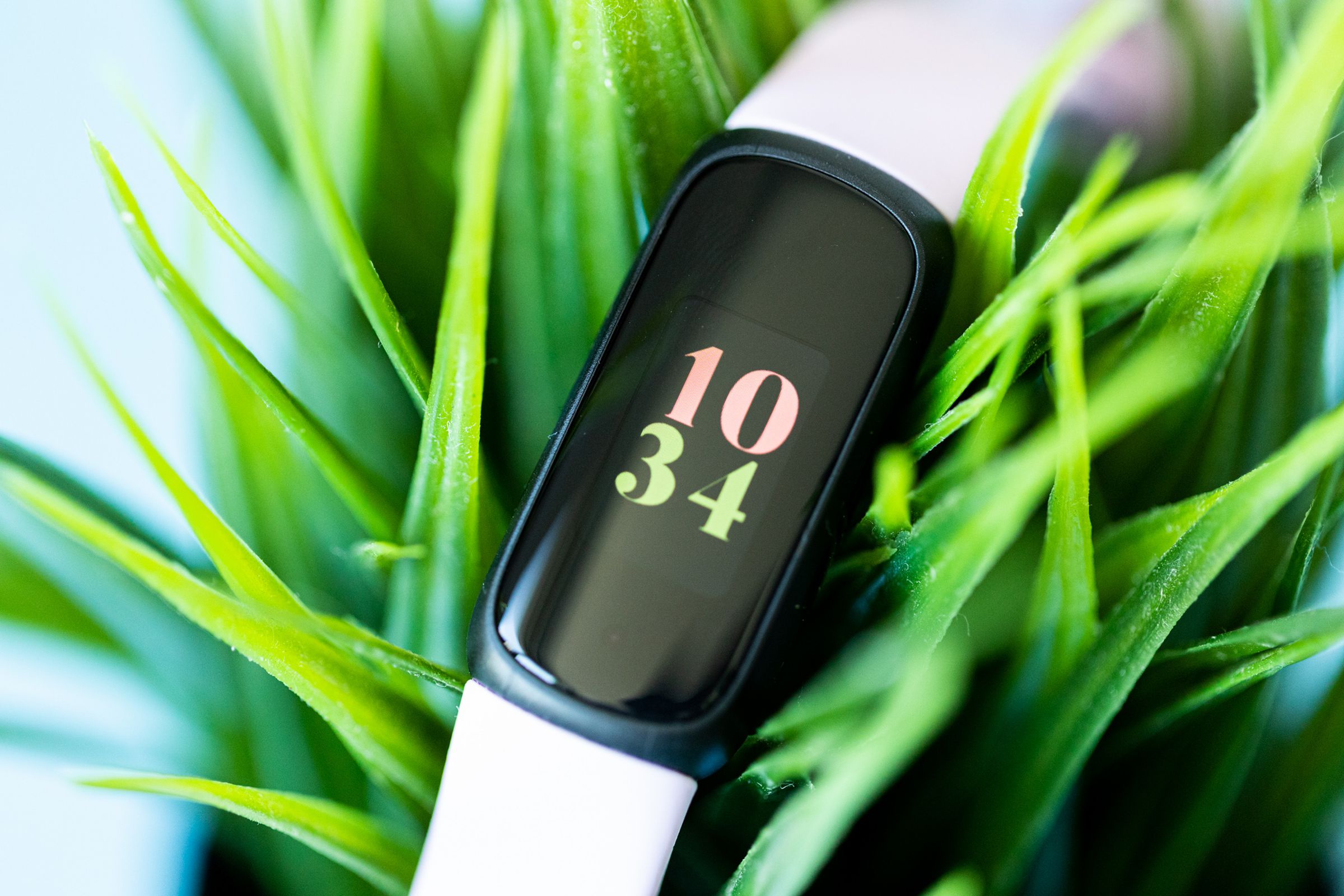
The Inspire 3 has a variety of accessories, including a clip attachment if you want to discreetly track steps. There’s even a gold or silver mesh strap if you want to dress it up a bit.
To be honest, the Inspire 3 and Luxe are quite similar, and they’re often around the same price. It’ll boil down to whether you think the Luxe’s nicer case is worth trading half the battery life for — the Luxe gets an estimated five days instead of 10.
Read our coverage of the Fitbit Inspire 3 here.
The Fitbit Charge 6 features a haptic side button, an improved heart rate algorithm, turn-by-turn navigation with Google Maps, and the ability to broadcast your heart rate on certain Bluetooth gym equipment.
The Fitbit Charge 6 features a haptic side button, an improved heart rate algorithm, turn-by-turn navigation with Google Maps, and the ability to broadcast your heart rate on certain Bluetooth gym equipment.
The Charge series has always been popular, and the $159.95 Charge 6 is no exception. It’s Fitbit’s higher-end fitness band but easily competes with the more expensive Versa 4 on features. It features a color OLED screen plus an EKG and EDA sensor. You also get built-in GPS, NFC payments, and SpO2 sensors — the only thing you’re really missing is a digital assistant.
The only qualm we have with the Charge 6 is the always-on display. While it’s beautiful, it’s a major battery drain. The Charge 6 has an estimated seven days of battery life, but that dwindles down to about two if you have the always-on display enabled. This is the same issue that we had with the Charge 5, but it’s fairly typical from Fitbit trackers these days.
Altogether, though, you’re getting a hell of a lot for the price. It’s the only FDA-cleared EKG wearable you can find for under $200, and the only other Fitbits capable of EKG and EDA readings are the Sense, Sense 2, and the Pixel Watch 2. So unless you’re dead set on the smartwatch form factor, the Charge 6 is the better overall deal.

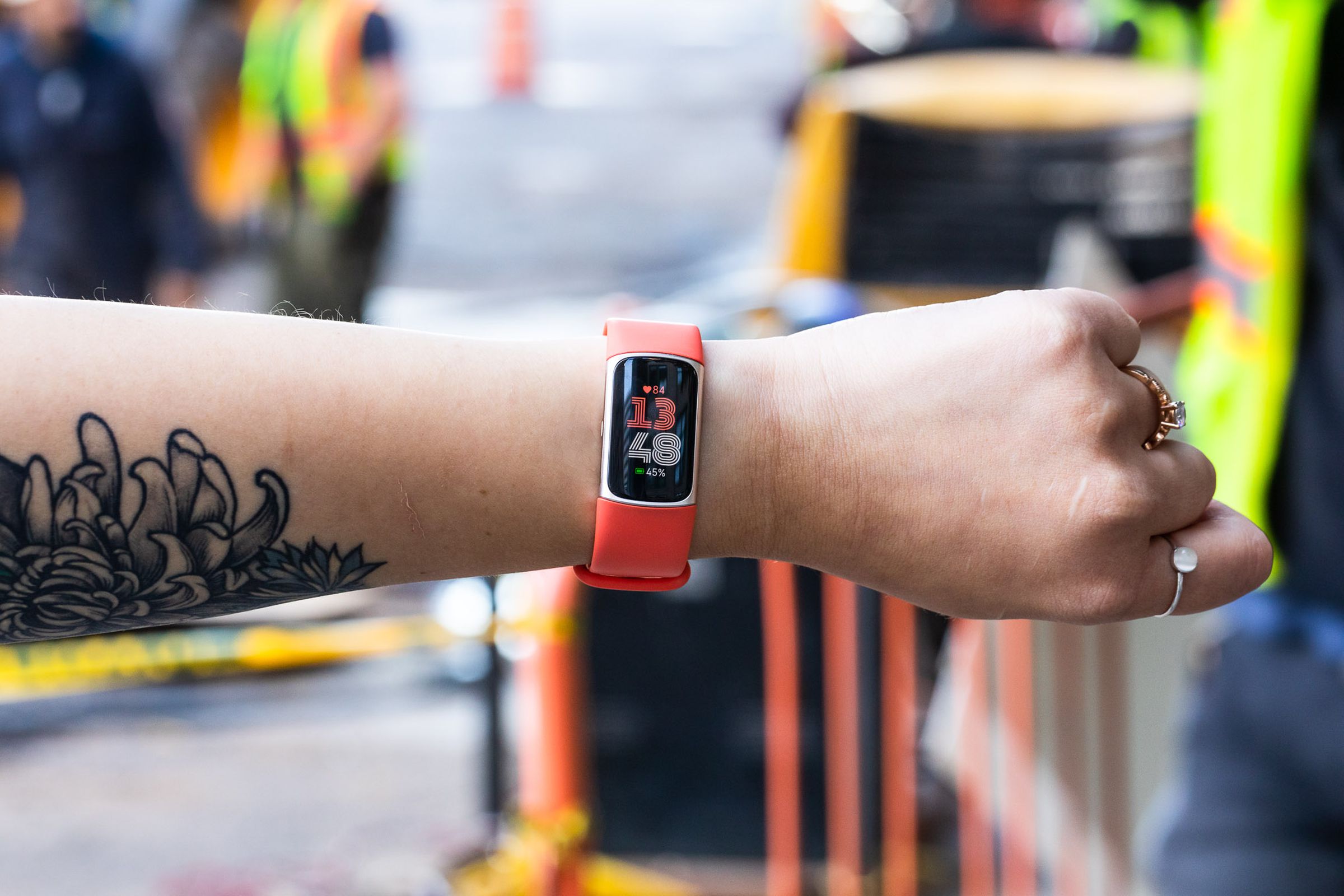
Compared to its predecessor, the Charge 6 also adds an improved heart rate algorithm, Bluetooth compatibility with some gym equipment, and a few apps — namely Google Maps, Google Wallet, and YouTube Music. While YouTube Music works well, I’m not stoked that it requires an additional $11 monthly subscription. That said, it’s better than nothing, as Fitbit discontinued onboard music a while back.
In terms of hardware, the Charge 6 also features a haptic button instead of an inductive groove. It’s not a physical button, which is a little disappointing, but it’s more reliable thus far than the inductive groove, so I would count this as a net positive.
You could technically get the Charge 5 at a discount. However, I’d only do that if it’s significantly cheaper and price is your main consideration. The haptic button, while not what I wanted, is far better than the inductive groove and you have more app options. Turn-by-turn navigation is also handy for walks, and it at least offers some form of music playback.
Read our review of the Fitbit Charge 6 here.
Fitbit’s fitness tracker for children sticks to the basics, comes with parental controls, and has eight days of battery life.
Fitbit’s fitness tracker for children sticks to the basics, comes with parental controls, and has eight days of battery life.
That pretty much covers the current Fitbit lineup. The only one we haven’t touched thus far — and the only one that I haven’t tested myself — is the $79.95 Ace 3. That’s Fitbit’s tracker for kids — and it’s the single Fitbit available for minors. It’s a basic tracker with a rugged bumper and comes with parental controls. It’s got better battery life than its predecessor but doesn’t come with GPS. Also, while it does have heart rate sensors, it’s not a metric that’s actively tracked for children. Instead, it determines how many “active minutes” they’re getting. Overall, it’s a decent choice for parents whose main priority is making sure their kids get enough daily exercise. If you want location tracking, however, you’re going to have to look for something other than a Fitbit.

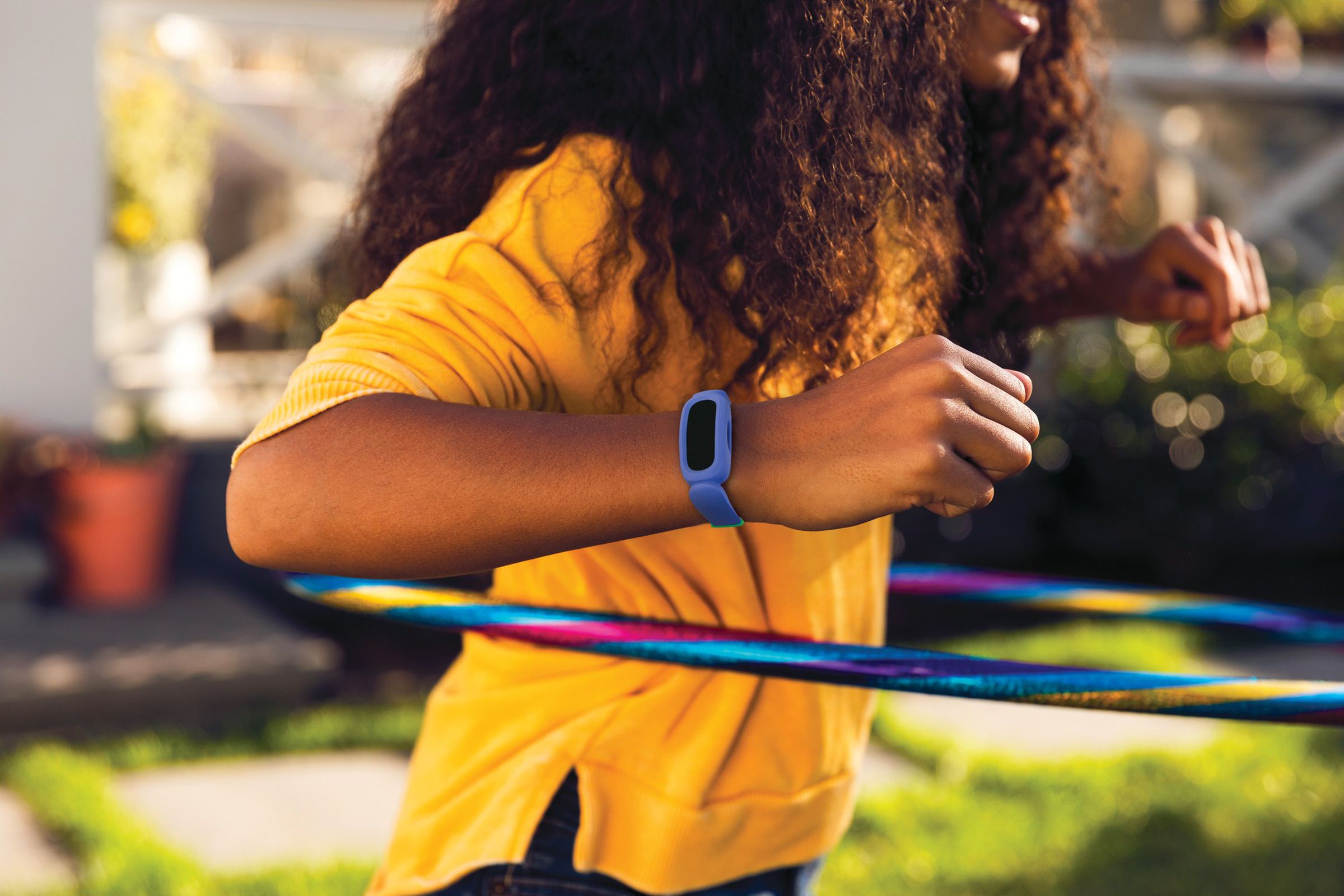
Fitbit officially became part of Google in 2021. Nothing changed overnight, but technically, it’s Fitbit by Google now. The Fitbit-to-Google migration started in earnest in summer 2023 and new users will be asked to log into Fitbit using their Google accounts. In 2025, this will be mandatory for everyone. Last year, Google angered longtime Fitbit users by shuttering longtime social features like Challenges and removing step streaks. (Step streaks have since been added back and expanded to Android.) Meanwhile, the Versa 4 and Sense 2 weren’t as feature-rich at launch compared to their predecessors, leading some to feel that Google purposefully did this to put the spotlight on its Pixel Watch. There were also multiple major server outages in 2023.
There’s some tension here and the future of Fitbit hardware is murky. Especially given the fact that Google laid off about a thousand employees from its hardware departments spanning Pixel, Fitbit, and Nest. If you’re buying a tracker for the first time and want it to last you a while, it might make more sense to opt for a Garmin or Amazfit tracker. Similarly, if you’re looking to upgrade to an older Versa or Sense smartwatch, you might want to see where the dust settles. However, if you know you want a Fitbit, then go ahead. If you’re not in a rush or are undecided, now is not a bad time to sit back and observe.
Update February 13th, 12PM ET: Updated with new information regarding Fitbit and Google.

